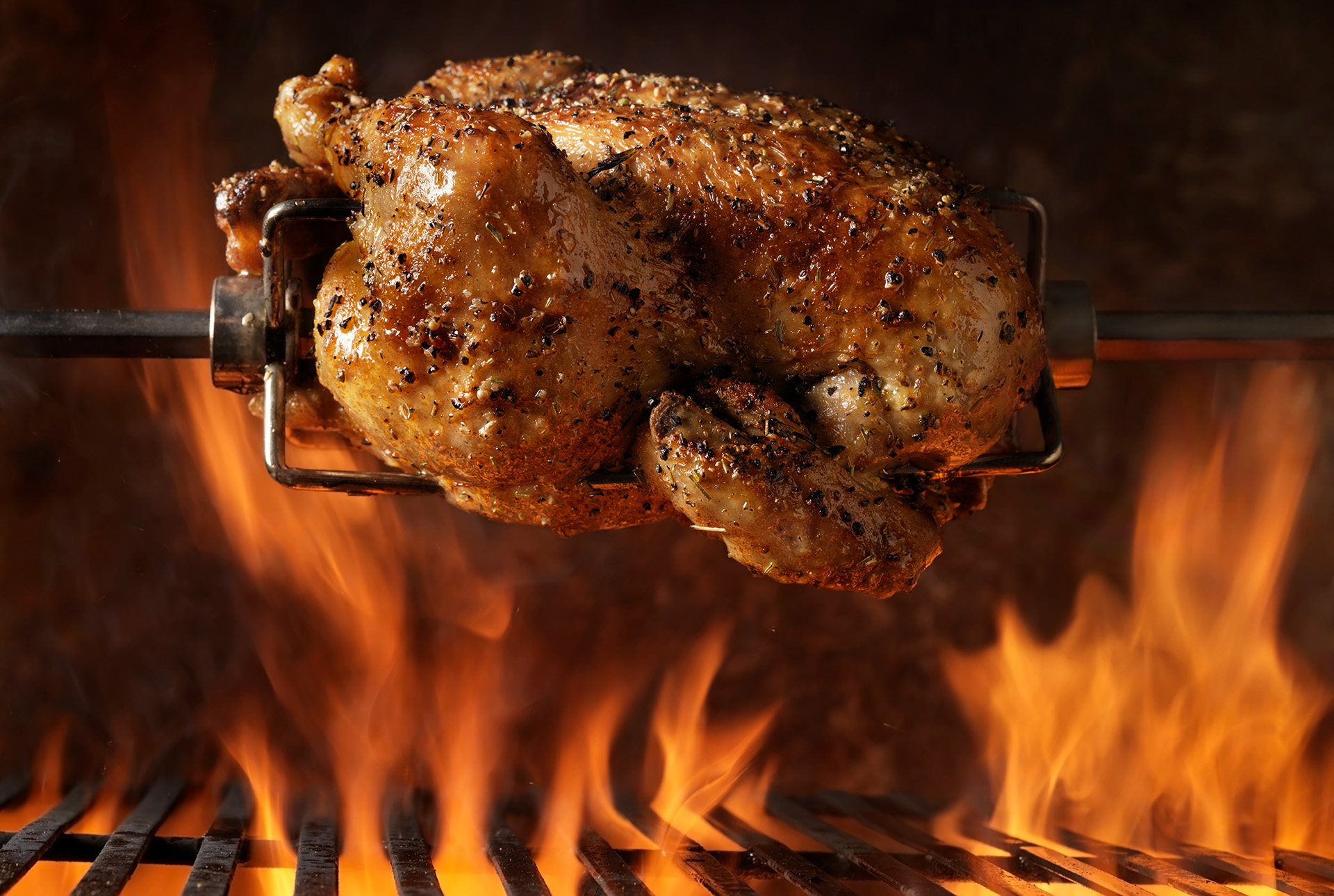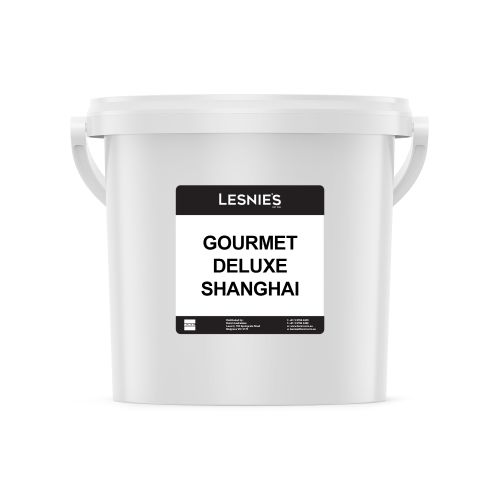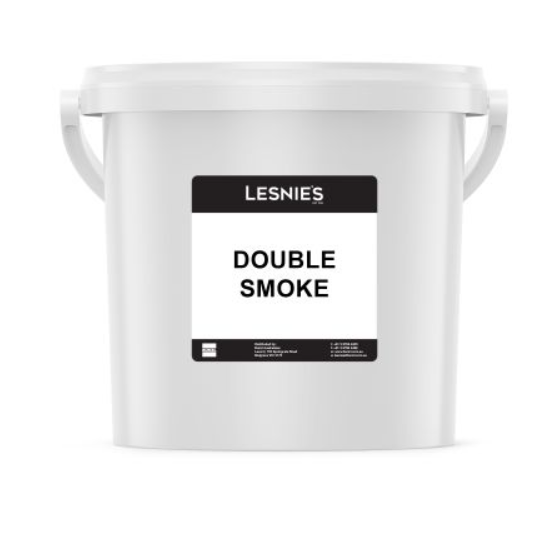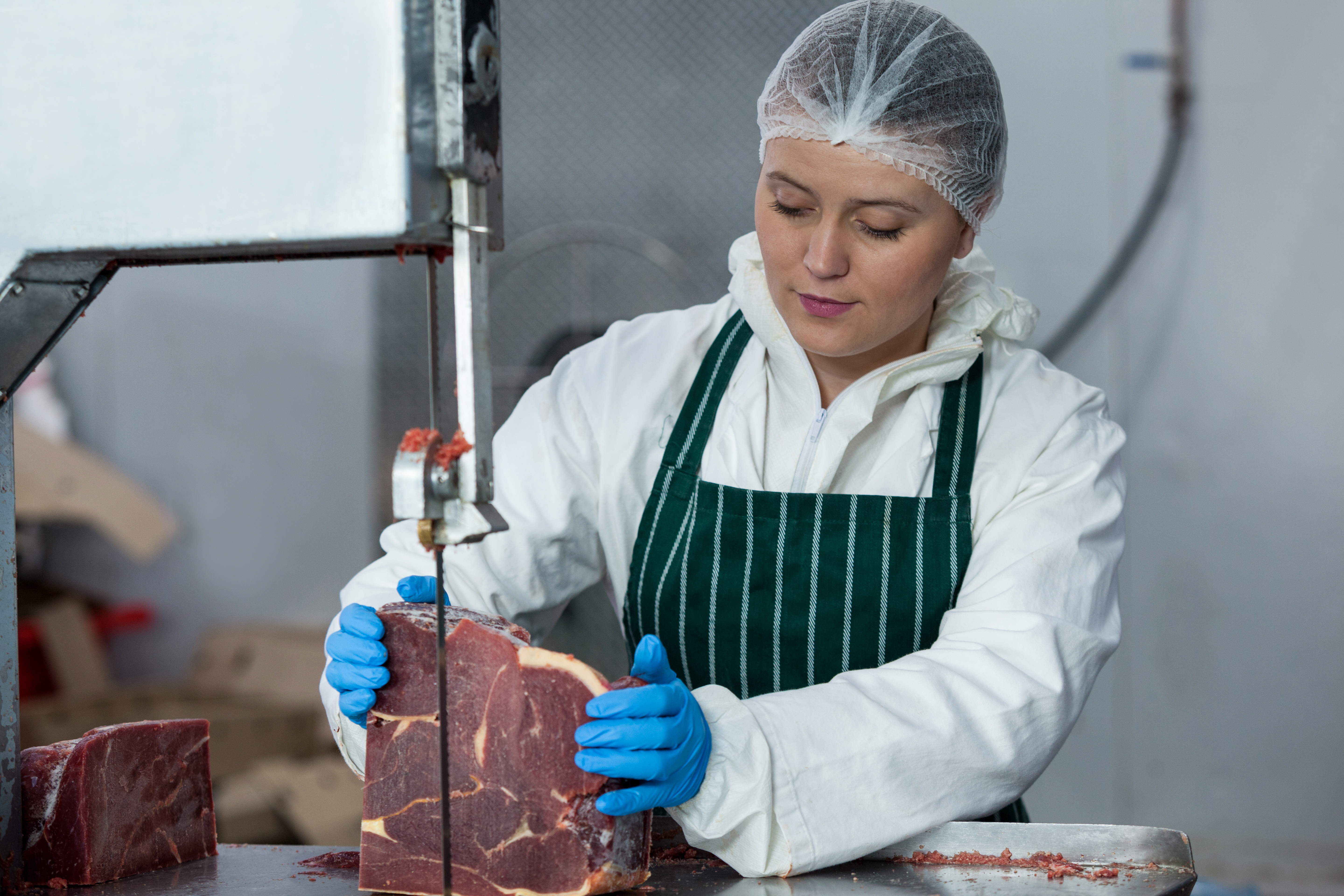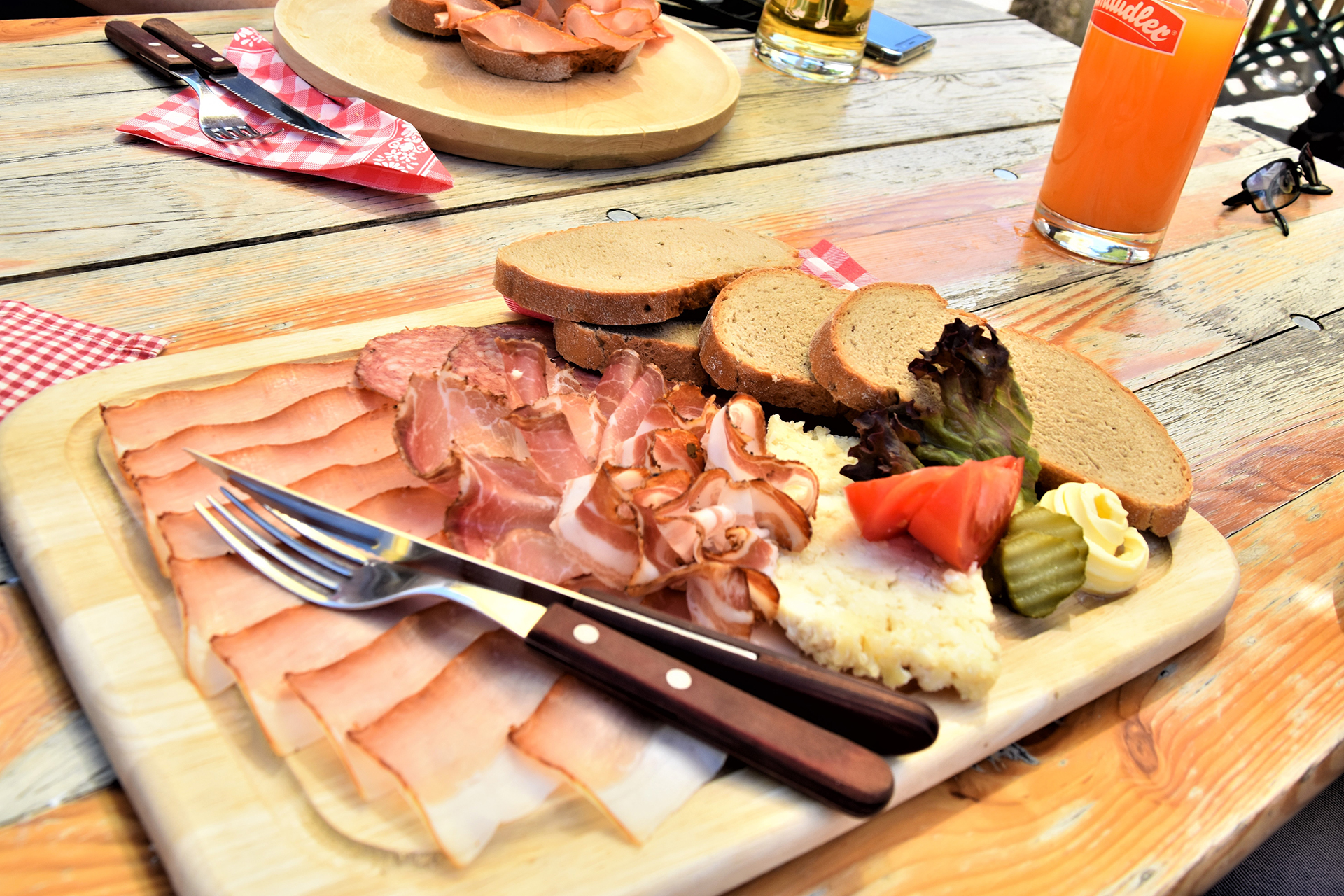When it comes to food, there’s nothing more important than flavour. From sweet to salty and spicy to savoury, there are a variety of different combinations that can easily enhance the flavours of a simple cut of meat. But how do you know which combinations will work best?
A good seasoning is like a good orchestra: using a variety of instruments (re: ingredients) it plays the different notes (re: flavours) in perfect harmony – i.e. enhances the flavours of your food product in a balanced way.
Understanding how different flavours and seasonings interact with each other is how you can elevate a simple cut of meat – like a whole chicken or a BBQ pork shoulder – to a mouth-watering meal.
Sugar
A common additive to meat seasonings and stuffing, sugar is what’s known as a flavour enhancer; an additive that intensifies or improves the flavours of different foods. The use of sugar in seasoning mixes will do more than just enhance flavour – it can also help with the browning of meat, crust formation when grilling, frying or baking, and balance out any natural bitterness and acidity in your meat. So, how does it do this?
When sugar is cooked it experiences what’s known as ‘The Maillard Reaction’ which describes the transformation of proteins, amino acids and sugars into new compounds that are rich and loaded with flavour. The Maillard Reaction is the reason why you can find more flavour in the crust of a roast or barbecued meat than the centre.
Seasoning blends like Lesnie’s Macadamia Satay Glaze take advantage of this reaction – delivering sweet, nutty notes that caramelise beautifully on chicken skewers or BBQ pork.
Savoury
The balance of sweet and savoury is a key part of any cooking, but most recognisable in some of our favourite pairings – like salted caramel or BBQ sauce on slow-cooked meats. That same balance is just as important when it comes to flavouring BBQ and rotisserie meats with glazes, sprinkles or stuffing mixes.
Savoury flavours come from amino acids called glutamates, green herbs, some spices, garlic and various other flavourings and, when used with meat products, can create an undeniably rich and satisfying flavour. Think cranberry sauce and turkey or smoky seasoning on rotisserie chicken.
Sprinkle blends like Lesnie’s BBQ Sprinkle Seasoning and Lesnie’s Sesame Sprinkle bring those savoury notes to life – especially on ribs, roast vegetables, or hot chickens, adding both flavour and visual appeal.
Herbs & Spices
Herbs and spices are a well-known way to increase the flavour profile of any dish, but it’s important to remember that not all herbs and spices work on all foods. Identifying which herbs and spices work best with which meat is vital, but even the most basic spice rack will hold a variety of different flavour combinations that can be used to create new and delicious meals. Think black pepper and thyme for beef brisket or rosemary and cumin for chicken.
Used the right way, these combinations are an easy way to create dry rubs, glazes or signature rotisserie flavour profiles.
Smoke
Known as the heart and soul of barbecue, ‘smoke‘ is used to describe the complex flavour profile that’s created after barbecuing a cut of meat. These smoky flavours can also be mimicked by seasonings like Double Smoke Glaze, delivering a fire-cooked aroma and taste without needing a smoker.
Smoky seasoning blends can be described by three of the most important elements of cooking:
- Taste
What we generally recognise as ‘taste’ is actually a mix of several sensations we experience when eating. One of the strongest occurs when flavour first hits our taste buds – a process known as the Molecular Basis of Taste.
This is that “first bite” experience that makes grilled, flame-roasted, or glazed chicken feel bold and satisfying.
- Smell
Whether it’s the aroma of BBQ drifting from a food trailer or the smell of roast chicken in a hot display cabinet, smell is one of the most powerful drivers of appetite.
In fact, between 75% and 95% of what we perceive as taste actually comes from olfactory stimulation – triggered by grilling, roasting, or seasoning application.
- Physical Stimulation
This refers to the texture, crunch, and overall mouthfeel of food – and is often what makes BBQ and rotisserie meals so craveable.
Whether it’s the crispy skin of a seasoned chicken or the tender, smoky crust on slow-cooked beef, seasoning and technique work together to create those satisfying sensory moments.
The three elements of cooking work together with glazes, sprinkles and stuffing mixes to create new flavours for your customers – even using the same core proteins. If you’re a chef, butcher or foodservice operator offering BBQ meats or hot food, seasoning is a simple way to create variety and boost visual appeal.
Discover our wide range of high-quality food ingredients, from smoky glazes to savoury sprinkles – ideal for BBQ meats, rotisserie chicken, or hot food cabinets.

